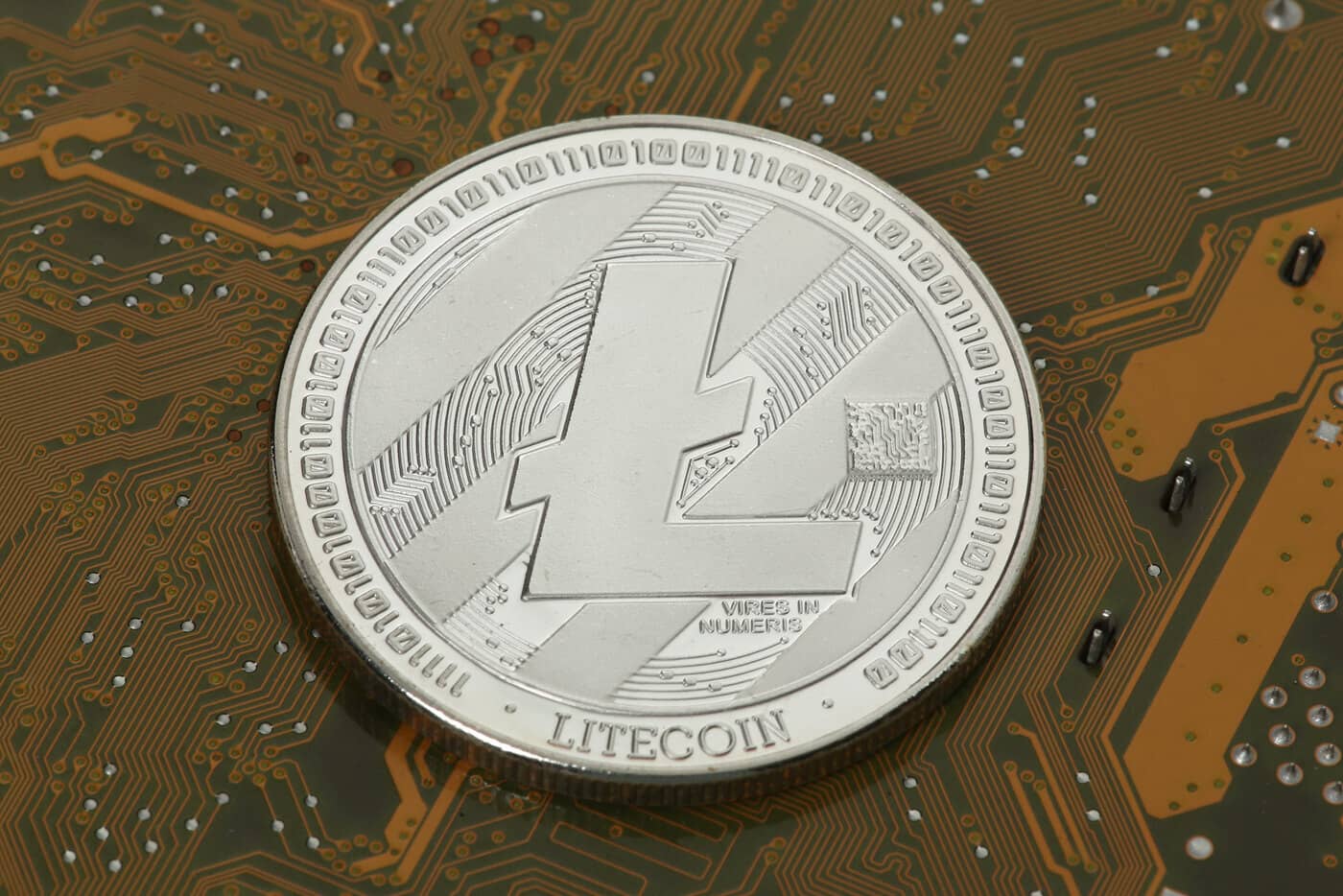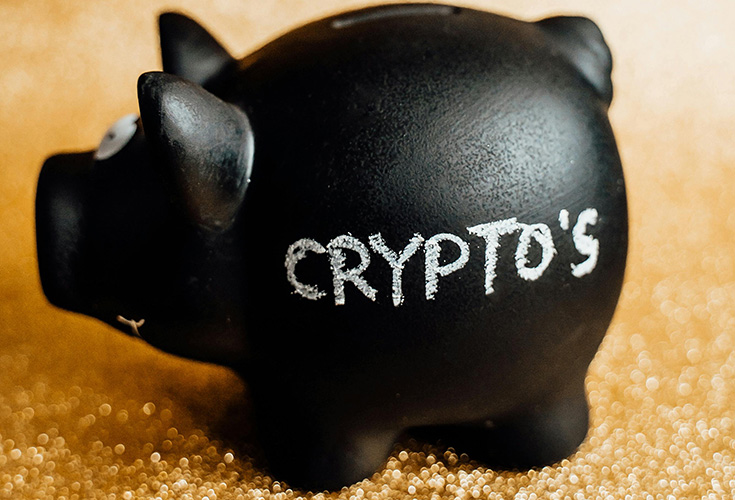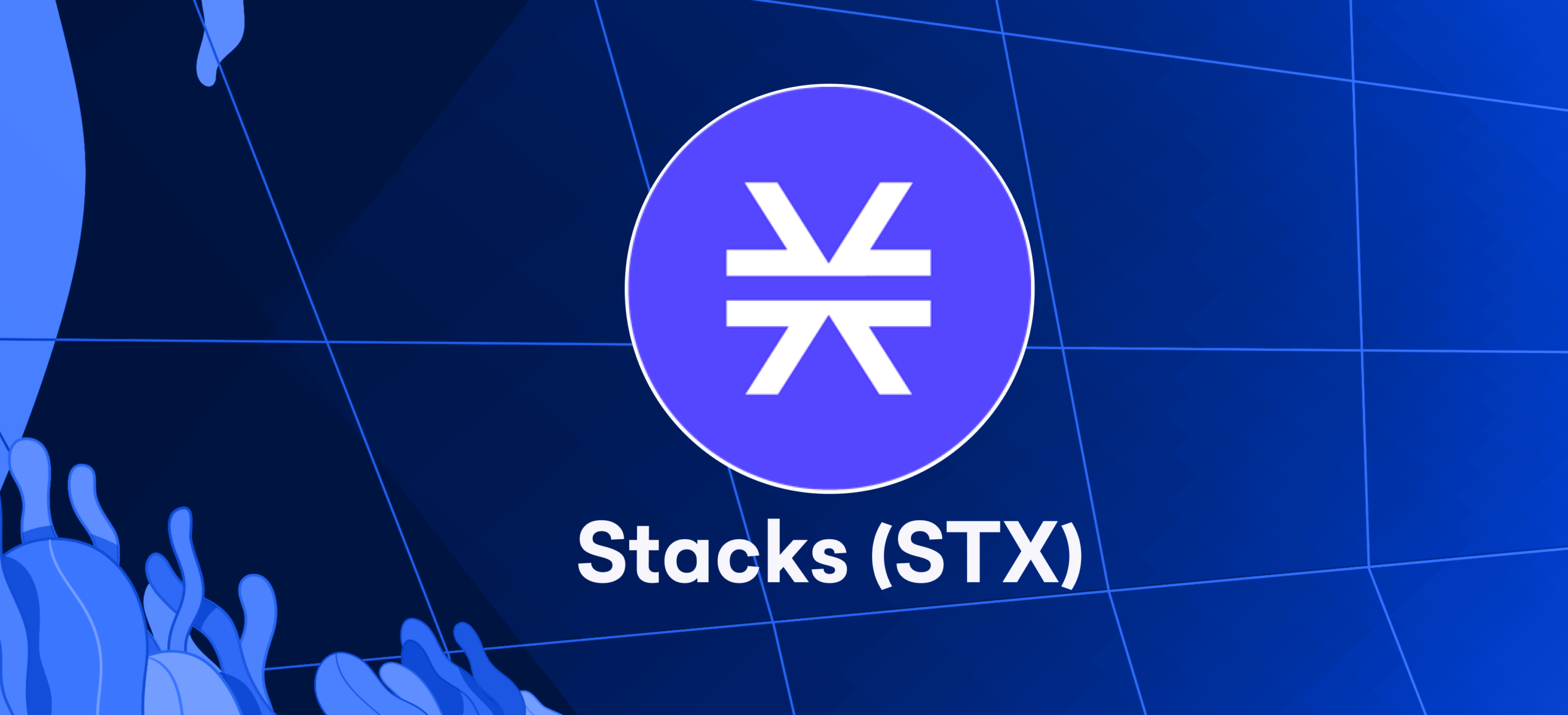
In 2009, Bitcoin (BTC) was launched. It was designed to act as a means of payment independent of the control of groups, individuals, or entities. However, it eliminated the need for third parties to engage in currency transactions. Realizing that the flow of Bitcoin transactions would become a severe obstacle to Bitcoin’s scalability, Charlie launched a new virtual currency to overcome this vulnerability.
Litecoin (LTC), widely considered the first successful altcoin, was introduced in 2011 by ex-Google engineer Charlie Lee. Two years after the launch of Bitcoin, the alternatives to BTC hit the market. As a result, the category of “altcoins” emerged. The “altcoins” include all cryptocurrencies and tokens other than bitcoin.
Although most of these early altcoins eventually burned out, Litcoin emerged from this period as a genuine alternative to Bitcoin. That’s why it has been the most accepted, popular, and trusted digital currency to date. Lee termed it as the ‘silver to Bitcoin’s gold.’
Litecoin (LTC)
Litecoin is a replica of Bitcoin but with minor code changes. LTC is a peer-to-peer (P2P) digital currency. It enables faster and cheaper blockchain-based transactions. Like Bitcoin, Litecoin is fully decentralized. This means no central authority (i.e., government, banks) can freeze your money.
In 2013, Litecoin’s aggregate value grew tremendously and soon after reached a market capitalization of $1 billion. LTC is capped at 84 million coins. Like BTC, LTC can be mined and has a halving mechanism that occurs every 840,000 blocks (approximately four years).
Litecoin Price History
Since its launch, Litecoin has faced significant price fluctuations in the crypto industry. In May 2021, the cryptocurrency traded above $380, an all-time high.
Following are Litecoin price points over the years:
- 2011: The cryptocurrency was traded for less than $1 on various trading platforms.
- 2014: In October 2014, the price rose to $36.29. The crypto bear market and Mt. Gox exchange hack pushed the LTC price down to consolidate at the $2 – $5 range until 2017.
- 2017: The market has grown rapidly this year. After jumping from a low of $4 in March, Litecoin’s price reached $350 in December.
- 2021: Litecoin surged to an all-time high of $386.45 in May 2021.
- 2022: In 2022, the Litecoin price dropped below $100 again. Since then, its price varies between $90 and $120.
How Does Litecoin Work?
Litecoin is an advanced version of BTC. It aims to make transactions more efficient and cheaper than the Bitcoin network. Notably, Litecoin has many similarities with Bitcoin. Like BTC, Litecoin is an open-source project. Both adopt the PoW (proof-of-work) mechanism. This consensus mechanism allows miners to earn new coins by adding new blocks to blockchains.
Scrypt Proof-of-Work Algorithm
Bitcoin uses the SHA-256 PoW hashing algorithm, which takes 10 minutes during block verification. While LTC uses the Scrypt PoW algorithm, which can create new blocks roughly every 2.5 minutes. Therefore, LTC confirms transactions four times faster than Bitcoin.
How Litecoin Is Mined
Most cryptocurrencies are created through the process of mining. In this process, miners solve computationally tricky puzzles called hashes to get the right to record new transactions on the blockchain. The miner receives coins as the first miner to correctly solve the hash associated with a transaction using a proof-of-work consensus mechanism.
As mentioned above, Litecoin and Bitcoin rely on proof of work but use different methods. BTC’s SHA-256 hashing algorithm requires expensive and sometimes hard-to-find Application-Specific Integrated Circuits (ASIC).
No advanced equipment and hardware are required to mine coins with the Scrypt hashing algorithm. LTC can be mined on inexpensive, standard graphics processing units (GPUs) in computer video cards.
Litecoin Halving
Litecoin has a similar halving mechanism to BTC, which halves every four years. LTC has a supply of 84 million coins. Still, when miners add a new block to the Litecoin blockchain, they get new Litcoins. This will increase the supply of Litecoin indefinitely if not halved. However, by halving, the miner’s reward for successfully adding new blocks in the blockchain is periodically reduced (halved). Bitcoin halving occurs every 210,000 blocks. While Litecoin halving occurs every 840,000 blocks.
Previous LTC halving events were held in 2015 and 2019, respectively. When it launched, the reward for miners was 50 LTC per block verification. However, in 2015 the halving event reduced the reward to 25 LTC and in 2019 to 12.5 LTC. The next Litecoin halving is expected in 2023. In that coming event, the LTC block reward will be reduced from 12.5 to 6.25 LTC.
Pros And Cons Of Litcoin
Pros:
- Litecoin is decentralized
- Faster than Bitcoin
- Another significant benefit of LTC is its scalability. Litecoin can handle 56 transactions per second, while BTC can handle only seven
- Relatively low transaction fees
- Efficient mining process
- Easy to trade
- Litecoin is an open-source network
Cons:
- High volatility
- Low credibility
- Branding issues
- Mining profits have decreased
- LTC is one of the most popular coins on the Dark Web
What Makes Litecoin Unique?
Although its code is derived from BTC, LTC is a virtual currency that serves its own purpose. It works as a lighter and faster version of BTC. Additionally, LTC has a dedicated development team working to improve the ecosystem. Many network upgrades they launched are used in the Bitcoin network (such as the Lightning Network and SegWit).
What Is Litecoin Used For?
LTC was one of the first and most successful new digital currencies. But it has long been criticized for the lack of clear pricing.
Litecoin is in limited supply. Also. it has been considered ‘silver to Bitcoin gold.’ Hence, it has attracted consumers’ attention. Litecoin is highly liquid, making it a cryptocurrency that facilitates transactions.
Using blockchain technology, LTC can transfer funds directly between companies or individuals at low costs. Moreover, it is also used to pay for services and goods, as many crypto payment processors are compatible with it.
Its reliability fuels its popularity because it has not undergone any significant exploitation. Since LTC’s inception, its Scrypt proof-of-work algorithm has proven secure enough to prevent 51% of attacks.
How To Buy Litecoin?
You can also buy Litecoins instead of mining. To purchase, you must create an account on a reliable crypto exchange like Coinbase or Binance. Security, ease of use, and reasonable price are some of the key factors you should consider before making a crypto platform selection.
Once your account is verified, decide how much LTC you want to purchase. The chosen exchange must be compatible with your payment options (such as bank transfer or debit/credit card).
Once funds are available, choose LTC from the “Buy” menu. Then put the amount you want to purchase. Check the transaction preview to see the price and amount you will receive. Finally, if you are satisfied with everything, confirm your transaction.
How To Store Litecoin?
Store your Litecoin with an LTC-compatible cryptocurrency wallet. Hot or cold wallets are available to keep LTC. The hot wallet is a digital wallet. It is only accessible online through a mobile phone or computer. While the cold wallet is a physical device that allows users to store coins offline.
Some popular hot wallets are Trust Wallet, MetaMask, Coinbase Wallet, and Edge Wallet. You can access these wallets by installing mobile or computer apps.
On the other hand, buy physical hardware wallets such as Ledger Nano X, Trezor Model T, CoolWallet Pro, and KeepKey and store coins in them.
Main Differences Between Litecoin And Bitcoin
Hopefully, the main points presented in the table will give you a good idea of the key differences between LTC and BTC.
| Characteristics | Bitcoin | Litcoin |
| Creation | 2009 | 2011 |
| Founder | Satoshi Nakamoto | Charlie Lee |
| Total Coin Supply | 21 Million | 84 Million |
| Block Generation Time | 10 Minutes | 2.5 Minutes |
| Privacy | Yes | Yes |
| Algorithm | SHA-256 | Scrypt |
| Usage | Digital Money (Gold) | Digital Money (Silver) |
| Initial Reward | 50 BTC | 50 LTC |
| Current Block Reward | 6.25 BTC | 12.5 LTC |
| Halving Mechanism | Halved every 210,000 blocks | Halved every 840,000 blocks |
Litecoin and Bitcoin differ in their Market Cap (dollar market value of all coins created). BTC has a significant place in the market because it can be mined by mining pools and large farms. Additionally, the demand has increased so much that BTC has a very high cryptocurrency exchange rate in dollars.
Bottom Line
Although LTC is not the best cryptocurrency right now, it has always shown significant technological progress as a profitable currency. Some experts say Litecoin can be a good place for a new crypto investor to put a small stake to learn the “ins and outs” of crypto trading.
Notably, there is no significant developer activity in the LTC ecosystem. However, no major Litecoin applications have been introduced in recent years. While it has the potential to grow as a successful online payment method.
For investors, Litecoin offers an excellent opportunity to profit from market volatility. Before you take the plunge, learn how to buy Litecoin and find a reliable cryptocurrency wallet. Do not infuse such a huge amount that you cannot afford to lose.








